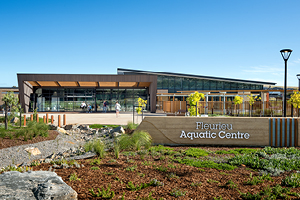 This note was reviewed and approved for currency in August 2018.
This note was reviewed and approved for currency in August 2018.
This note introduces readers to some of the current environmental analysis tools available within Building Information Modelling (BIM) software packages. It highlights some of the fundamentals that underpin BIM and sustainability and then takes readers through some basic principles around when and why to undertake environmental analysis and how to develop the relevant capabilities within design practices, regardless of their size. The note explores several analyses available to users within the different software packages, detailing what each analysis is, how it works, why it’s important and other relevant information, concluding with an exploration of some non-BIM tools and considerations beyond BIM that designers should be mindful of when creating truly sustainable designs.
Due to its overwhelming market dominance, Revit® software is the primary BIM package explored in this guide. Opportunities within ARCHICAD, Rhino/Grasshopper and SketchUp plugins are also discussed, though not to the same extent.
